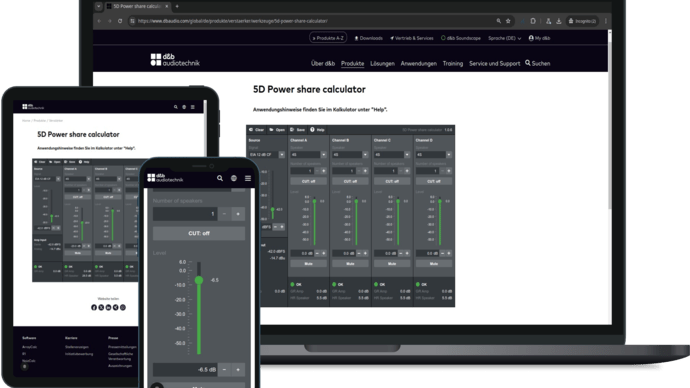
What are prompts in the context of artificial intelligence (AI)?
In the age of artificial intelligence, prompts are increasingly becoming a key tool for communicating effectively with intelligent systems. A prompt is an input or command that assigns a specific task to an AI model or makes a request. These instructions are typically formulated in natural language, which makes the use of AI tools such as chatbots more accessible.
Definition in a nutshell: What is a "prompt"?
- A prompt is a prompt that gives the AI system a task or request.
- Prompts are crucial for interacting with language models such as ChatGPT.
- Prompt engineering is the field that deals with the creation and optimization of prompts.
The role of prompts in language models
Language models such as ChatGPT use prompts to understand user input and generate meaningful results based on it. By specifying prompts, the AI model is instructed to generate texts, formulate answers or provide certain information.
Prompt engineering: the art of prompting
Prompt engineering refers to the process of designing and optimizing prompts to maximize the performance of an AI model. It requires a deep understanding of how AI models respond to different modifiers and words.
Challenges and solutions in prompt engineering
One of the biggest challenges in using prompts is the correct interpretation by the AI models. The models must learn from a wide range of human input in order to provide meaningful results. Often this requires extensive collection of data and continuous adaptation of the prompts to improve the intelligence and understanding of the system.
Solutions to these challenges include improved natural language understanding algorithms, advanced tools to monitor and adjust system responses, and greater personalization of user-AI interactions.
Use cases of prompts
In practice, prompts are used in a variety of industries, from automating customer interactions to assisting with content creation. For example, companies can use chatbots to process customer service requests by using prompts that recognize and answer frequently asked questions.
Best practices for creating prompts
Creating effective prompts requires clarity, precision and often creativity. Here are some best practices:
- Clarity: the prompt should be clear and direct.
- Context: Good prompts provide enough information for the AI model to understand the context of the query.
- Precision: Specific instructions lead to more accurate results.
Was ist ein Beispiel für einen Prompt?
Ein Prompt dient als Interaktionsbrücke zwischen Mensch und Maschine. Wenn Du beispielsweise einen Chatbot nutzt und wissen möchtest, wann ein Geschäft schließt, kannst Du eingeben: "Kannst du mir die Öffnungszeiten für heute nennen?" Dieser Satz ist der Prompt – er gibt dem KI-System klare Anweisungen und einen spezifischen Kontext, um die gewünschte Information zu liefern.
Wie optimiert man Prompts für bessere Ergebnisse?
Die Optimierung von Prompts ist ein Prozess, der sowohl Kunst als auch Wissenschaft beinhaltet. Zunächst ist es wichtig, dass der Prompt klar und direkt ist. Vermeide Mehrdeutigkeiten, die das KI-System verwirren könnten. Zum Beispiel ist "Ich brauche Hilfe mit meinem Konto" weniger effektiv als "Wie ändere ich mein Passwort für mein Konto?" Weiterhin solltest Du auf die Antworten des KI-Systems achten und gegebenenfalls die Prompts anpassen. Ein iterativer Prozess des Testens unterschiedlicher Formulierungen und das Sammeln von Feedback können dazu beitragen, die Eingabeaufforderungen zu verfeinern und die Ergebnisse des KI-Systems zu verbessern.
Further information:
We think: ever closer interaction between humans and machines will be inevitable in the future. Advances in machine learning and natural language processing will enable companies to create even more sophisticated chatbots and other AI-based tools. Prompts will increasingly be able to understand more nuanced human instructions and respond to them in real time, making AI systems even more effective.
Sources:
- Prompt Learning: A New Way to Train Foundation Models in AI
- Coursera: what is prompt engineering

















